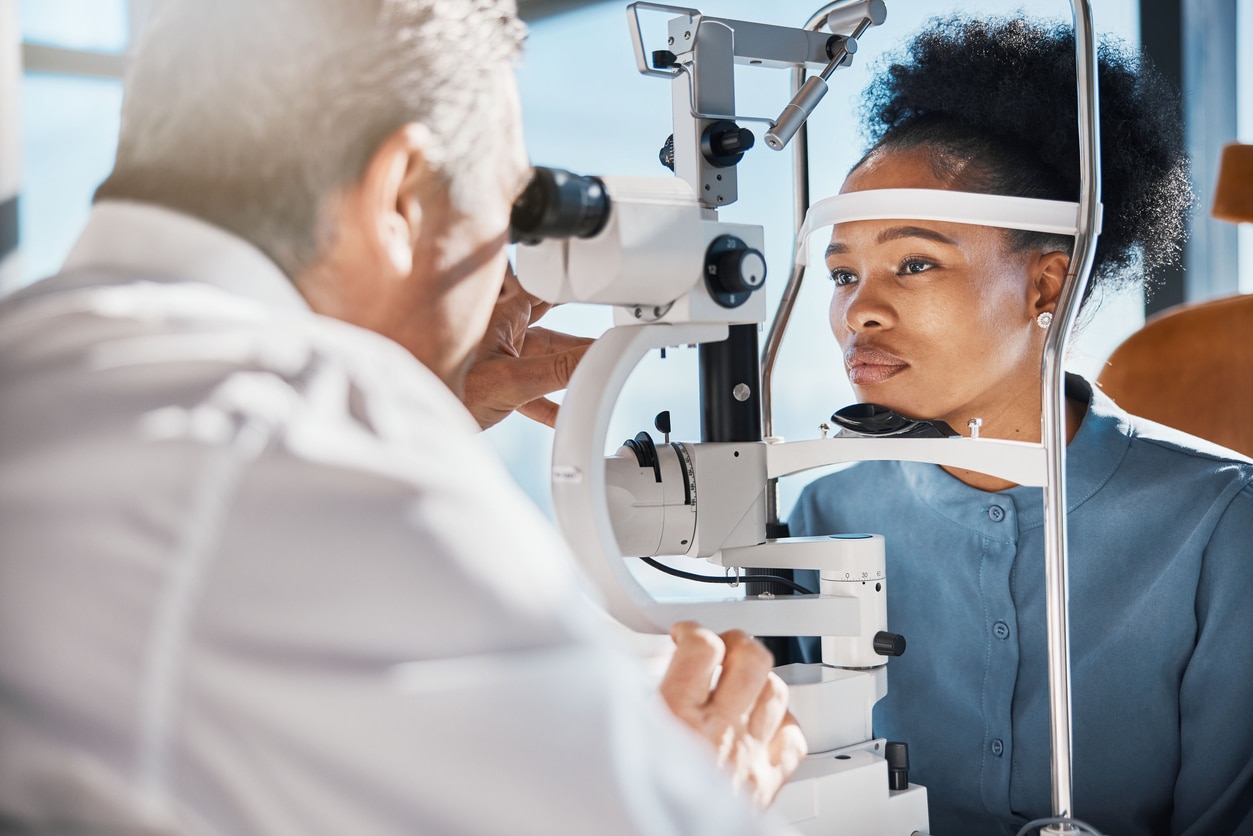All Categories
Featured
Table of Contents

The world of vision adjustment is swiftly evolving, driven by groundbreaking technological innovations that are reshaping just how we view and treat eye health. From laser surgeries to cutting-edge eyewear, the choices readily available today are not just extra efficient however likewise deal with the unique requirements of each individual. In this blog site, we will discover exactly how innovation is enhancing vision correction choices, bring about boosted person end results and satisfaction.
1. Laser Modern Technology Innovations.
At the leading edge of vision correction technology are sophisticated laser treatments like LASIK and PRK. These approaches have been changed by the intro of femtosecond lasers, which create regulated and accurate cuts in the cornea, decreasing discomfort and boosting recuperation time.The most up to date improvements, such as topography-guided LASIK, permit a tailored therapy strategy that accounts for the one-of-a-kind curvature of an individual's cornea. This degree of personalization not only enhances the accuracy of the procedure however also decreases the risk of complications, leading to clearer vision post-surgery.
2. Smart Call Lenses.
The advancement of smart contact lenses stands for a significant jump in vision correction innovation. These lenses can keep an eye on different wellness specifications, such as sugar levels in diabetics or intraocular stress for glaucoma clients.By integrating sensors into the lens layout, suppliers are producing a product that surpasses vision improvement, offering valuable health info in real-time. As research in this area proceeds, wise contact lenses might possibly change just how we take care of eye wellness and problems related to vision.
3. Advanced Intraocular Lenses (IOLs)
For patients undergoing cataract surgical procedure or seeking services for presbyopia, progressed intraocular lenses have ended up being a game-changer. Today's toric and multifocal IOLs are developed to supply clear vision at multiple distances, lowering dependancy on glasses for everyday tasks.New technologies permit the personalization of IOLs based upon private lifestyles and visual needs. For example, fitting IOLs can shift their emphasis based upon the eye's placement, providing a much more all-natural visual experience. These technologies ensure that individuals take pleasure in far better visual results after surgical procedure, improving their lifestyle.
4. Telemedicine and Remote Surveillance.
The COVID-19 pandemic sped up the adoption of telemedicine, and this trend has actually extended into eye care. People can now speak with eye treatment experts from the convenience of their homes, reviewing signs and symptoms and treatment alternatives without the demand for in-person visits.Remote monitoring tools that connect to tablet computers or mobile phones allow clients to track their eye health and vision changes over time. This data can be shared with healthcare service providers, ensuring timely treatments and customized care strategies. The benefit and ease of access of telemedicine are particularly beneficial for individuals with wheelchair obstacles or those staying in backwoods.
5. Man-made Intelligence in Eye Care.
Expert system (AI) is significantly becoming an important part of eye care. AI algorithms are utilized to examine big collections of data, enabling early discovery of conditions like diabetic retinopathy and macular degeneration through retinal imaging.AI can aid eye treatment professionals by highlighting problems that might call for further examination, enhancing diagnostic accuracy and performance. By simplifying the diagnostic procedure, AI not only boosts individual care yet likewise allows for more timely treatment interventions.
6. Customized Eyeglasses Solutions.
The rise of customized glasses has transformed exactly how people approach vision correction. Advanced 3D printing modern technologies make it possible for the production of individualized frames and lenses customized to an individual's one-of-a-kind facial structure and vision needs.In addition to visual benefits, individualized eyeglasses enhances comfort and performance. Individuals can now select from different lens alternatives, consisting of blue light stopping, photochromic, and high-index lenses, guaranteeing they find the best remedy for their way of living and aesthetic choices.
Conclusion.
Modern technology is significantly transforming vision correction options, leading to far better results and increased fulfillment for individuals. As these modern technologies proceed to progress, patients can expect a much more efficient and tailored strategy to vision improvement, ultimately boosting their quality of life.Table of Contents
Latest Posts
Host Your Perfect Event: Venue Rental Alternatives for Every Occasion
Published en
1 min read
The Boogaloo Sports Bar & Grill at FunCity Hotel Resort: Where Enjoyable Satisfies Flavor
Published en
1 min read
The Boogaloo Sports Bar & Grill at FunCity Hotel Hotel: Where Enjoyable Fulfills Flavor
Published en
2 min read
More
Latest Posts
Host Your Perfect Event: Venue Rental Alternatives for Every Occasion
Published Mar 25, 25
1 min read
The Boogaloo Sports Bar & Grill at FunCity Hotel Resort: Where Enjoyable Satisfies Flavor
Published Feb 06, 25
1 min read
The Boogaloo Sports Bar & Grill at FunCity Hotel Hotel: Where Enjoyable Fulfills Flavor
Published Feb 04, 25
2 min read